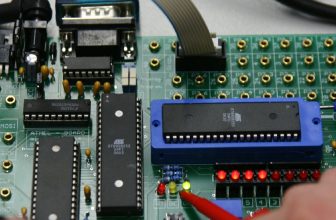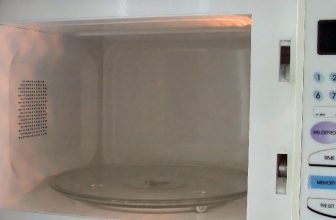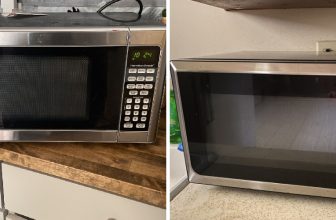How to Seal a Washing Machine Drain Hose
Are you tired of dealing with a leaky washing machine drain hose? If so, look no further than this guide.
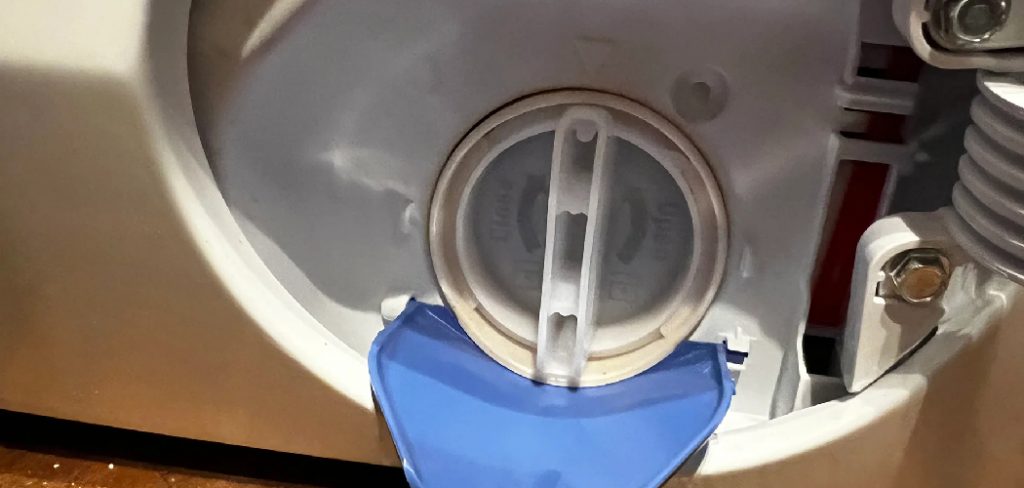
A washing machine is an essential appliance in most households – but it can quickly become a source of major frustration if not properly maintained. One issue you may have to deal with at some point as a homeowner is sealing your washing machine drain hose. If you’re unfamiliar with this step, fear not – it’s actually quite simple!
In this blog post, we’ll walk you through the essentials: explaining why sealant is important, what type of sealant to use, and how to seal a washing machine drain hose so that your washer drain remains secure and leak-free. Now let’s get started!
Why is Sealant Important?
Sealing the drain hose of your washing machine is an important step, as it helps to prevent leaks and other issues that can cause damage to your home. This is particularly important if you have a second floor or attic above your laundry room, as a leaky washer drain hose may result in water damage to these areas of your home.
There are several different types of sealant that you can use when sealing your washing machine drain hose, including silicone-based products, elastic caulks, pipe thread sealing tape, and more.
The type of sealant you choose will depend on what works best for your specific needs and preferences – so be sure to do some research and experiment with different products until you find one that you’re happy with.
What Will You Need?
When sealing your washing machine drain hose, you’ll need the following materials:
- Sealant of your choice, in a tube or spray form
- Washing machine drain hose
- Scissors or utility knife for cutting the hose
- Towels or sponges, for cleaning up any excess drips or spills
Once you have the necessary materials, follow these simple steps to seal your washing machine drain hose.
10 Easy Steps on How to Seal a Washing Machine Drain Hose
Step 1. Locate the Drain Hose
The first step in sealing your washing machine drain hose is to locate the drain hose itself. This will typically be a rubber or plastic replacement tube that connects the drum of your washer to the machine’s main drainage pipe. You can find your drain hose either on the back or bottom of your washer.
Step 2. Select a Sealant
Next, you’ll need to select a sealant that best suits your needs and preferences. Many different types of sealants are available, including silicone-based products, elastic caulks, pipe thread sealing tape, and more. You may want to do some research or try out different products to find the one that works best for your washing machine.
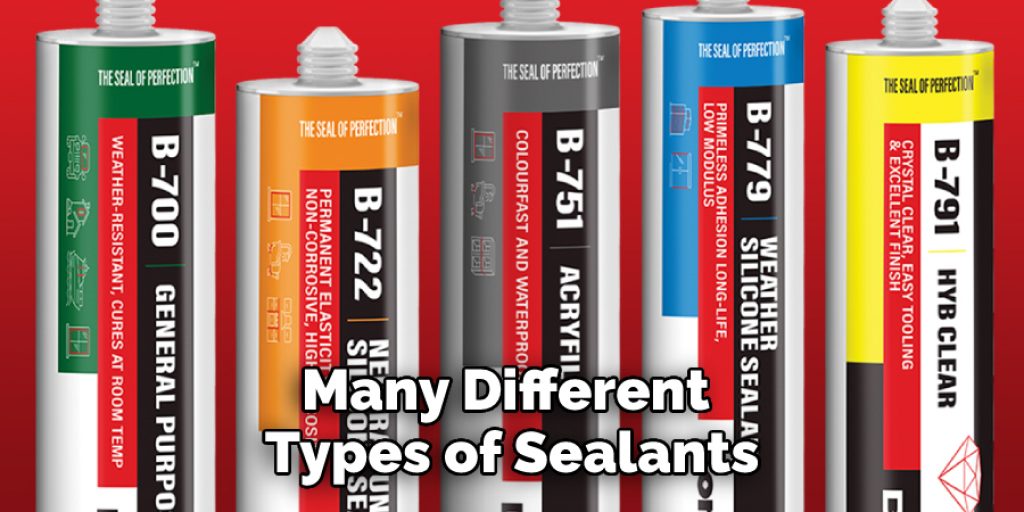
Step 3. Clean the Hose
Once you’ve selected your sealant, it’s time to clean the drain hose of your washer so that it is ready for sealing. Use a damp sponge or towel to remove any dirt or debris from the hose surface. This will help ensure a smooth, even application of the sealant when it comes time to seal the hose.
Step 4. Cut the Hose
Next, you’ll need to cut your drain hose to fit properly around the pipe connecting to your washer. Use scissors or a utility knife to carefully cut the hose lengthwise, so it fits around this area. If necessary, apply a few drops of sealant to the inside and outside of the hose before making your cut.
Step 5. Apply Sealant
Once you’ve prepared and cleaned your drain hose, it’s time to apply the sealant. Take your tube or spray can of sealant and apply a generous amount along the length of both sides of the cut hose opening, being careful not to drip any excess onto other parts of your washer or nearby surfaces. Continue applying sealant until the opening is completely covered.
Step 6. Wrap the Hose
Once you’ve applied your sealant, it’s time to wrap the hose around your washer drain and secure it in place. Depending on how tight or lose your connection is, you may need to adjust how tightly you wrap the hose. Just be sure that it is held securely in place so that no leaks occur.
Step 7. Allow Time for Drying
When sealing any type of drain hose, it’s important to allow ample drying time before using the machine again. This will help ensure that all areas of the hose are properly dried and set, preventing future leakage issues when using your washing machine. Use a dry towel or paper towel to wipe away any excess sealant that has dried on the hose.
Step 8. Test for Leaks
Once your sealant has had adequate time to dry, it’s a good idea to test the hose for any leaks before using your machine again. You can do this by simply turning on your washer and running a small load of water through it, checking carefully for any signs of leakage around the drain hose. If you don’t see any leaks or drips, you can go ahead and use your washing machine as normal.
Step 9. Keep Your Washer Drains Sealed
To keep your washing machine drains sealed over time, be sure to regularly check them for any potential issues or leaks and clean away excess buildup if you notice it occurring. This will help ensure that your drainage system stays in good working order for as long as possible. You can also use a sealant or other drain-sealing product to help keep your washer drains sealed effectively for years to come.
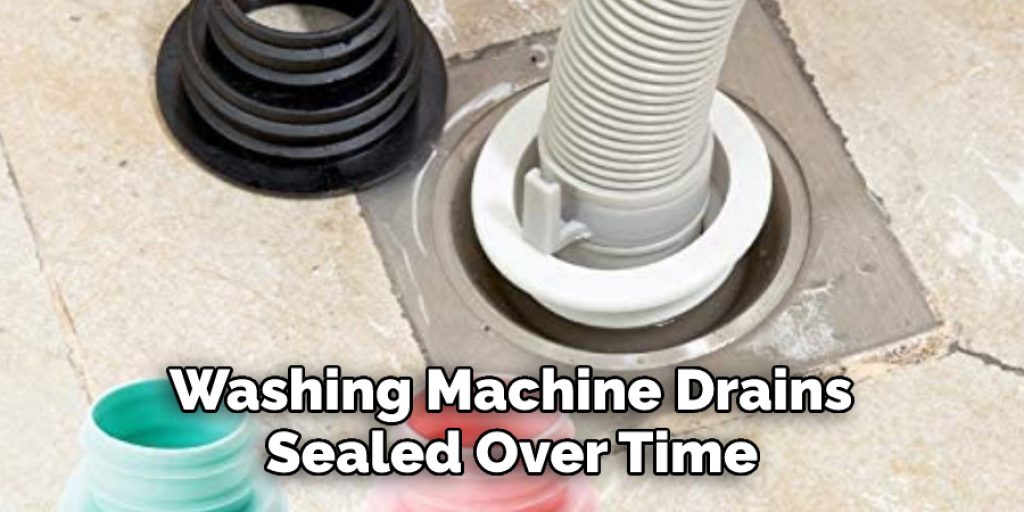
Step 10. Contact a Professional for Help
If you are having trouble sealing your washing machine drains on your own or notice any ongoing leakage issues, it may be a good idea to speak with a professional repair service for help. They can assess the issue and provide expert advice and solutions to ensure that your drainage system continues to run smoothly. Moreover, they may be able to offer preventative maintenance and repair services to help keep your drains sealed over time.
While sealing your washing machine drain hose can seem daunting, it can be done quickly and easily with the right tools and techniques. Follow these simple steps, and you’ll be able to keep your washer running smoothly for years to come!
5 Additional Tips and Tricks
- Before sealing your washing machine drain hose, carefully clean and dry the area around where it connects to your home’s plumbing system. This will help ensure that your seal is as effective and long-lasting as possible.
- If you are concerned about the possibility of water leaking out of your hose, consider investing in a dedicated drain pan that will catch any excess water or moisture before it can cause damage to your home.
- When sealing your washing machine drain hose, make sure to use high-quality caulk or sealant that can withstand both extreme temperatures and frequent exposure to moisture.
- Consider using extra support for your drain hose if necessary, whether through additional clamps, brackets, or ties that can hold it securely in place.
- Finally, take care to regularly inspect and maintain your washing machine’s drain hose so that you can spot any potential signs of leaks or damage before they cause serious problems.
With these tips and tricks in mind, you can easily and effectively seal your washing machine drain hose on your own. Whether you’re trying to prevent future leakage issues or simply want to keep your washer running smoothly for years to come, these simple steps are sure to help!
Should You Seal the Washing Machine Drain Hose to the Standpipe?
Sealing the washing machine drain hose to the standpipe can be beneficial in a number of ways. Firstly, it can help prevent water from leaking out and causing damage to your home. Additionally, by sealing your drain hose, you can protect your plumbing system from clogs and other issues arising from excess moisture buildup around the standpipe.
That said, some potential drawbacks are also associated with sealing your washing machine drain hose. For one, it may be more difficult to access or maintain this part of your plumbing system if necessary repairs or modifications are needed.
Overall, whether or not you should seal your washing machine drain hose to the standpipe depends on your individual situation and needs. If you are concerned about potential leakage issues, for example, sealing your drain hose may be the right choice for you.

On the other hand, if you do not experience any problems with your current setup and plan to use your washer regularly, it may be best to avoid making any changes at this time. Consulting with a professional plumbing expert can help you better understand your options and make an informed decision that works best for you.
Conclusion
Applying a plumber’s tape to a washing machine drain hose is an easy way to ensure that it doesn’t leak. This guide provides a step-by-step process for sealing a washing machine drain hose using a plumber’s tape. By following these steps, you can prevent water damage and extend the life of your washing machine.
Hopefully, the article on how to seal a washing machine drain hose with a plumber’s tape has been helpful. Whether you are dealing with a leaky hose or simply want to take steps to prevent future problems, sealing your drain hose is an important and effective step that can help keep your washer running smoothly for years to come.
While some potential drawbacks may be associated with this process, these can typically be avoided by working with a professional plumber or taking other suitable precautions.
With the right tools and techniques, sealing a washing machine drain hose is an easy and effective way to protect your home from water damage and prolong the life of your washer. Good luck!


